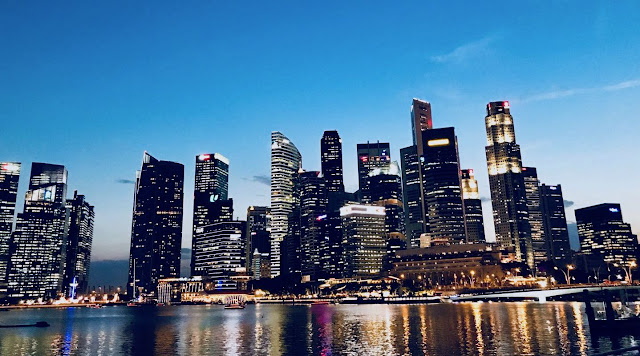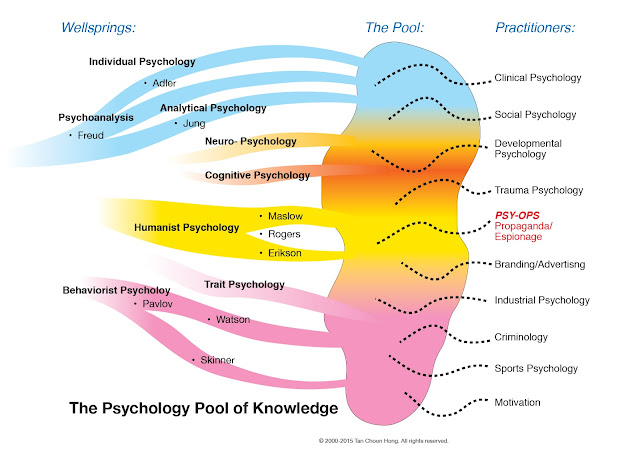Psyop Singapore: From marshland to metropolis.
It is unclear who actually made this claim and when. But it has been so oft-repeated through the state-controlled media and the national education initiative that it has become gospel for the less questioning sectors of the population. Even foreign correspondents who failed to do due diligence have perpetuated this myth beyond the island’s shores.
“If you repeat an untruth often enough,people will come to believe it.”
The truth about Marshland to Metropolis
The truth is that Singapore was once a marshland but that was a long long time ago.Under the British who first colonised the island Singapore grew to be the premier city of its day, thanks to its strategic location in the middle of the South-east Asian archipelago and straddling the great sea lanes and air routes between east Asia and Europe. Singapore was the Far East HQ of the British Empire, hosting its naval and air bases. It had a great seaport through which flourished a thriving entrepôt trade in tin, rubber, oil and consumer goods. In addition, it was the civil aviation hub of the region famed for its Kallang Airport where celebrities touched down before being whisked to The Raffles Hotel, billed by the western press as the “most magnificent establishment of its kind East of Suez.”
“Most magnificent establishment of its kindEast of Suez.”
Luminaries of the times who sojourned at The Raffles included Joseph Conrad, Rudyard Kipling, Somerset Maugham, Noel Coward, Charlie Chaplin and Ava Gardner. Even several Hollywood movies were set in Singapore including “Singapore, City Without a Conscience” and “Road to Singapore.”
When the people of China were in revolt against Qing Dynasty rule, Dr Sun Yat-sen came to seek contributions from the wealthy merchants whose hearts were with the motherland. And when the Japanese set out for world domination, their prized target was fortress Singapore, which they duly captured.
A thriving city that grew into a metropolis
So one can conclude that Singapore before the PAP was no colonial backwater, marshland, or fishing village as described by the party propaganda machine. In fact, it was young Englishman Stamford Raffles, an officer of the East India Company, who founded Singapore as a trading post midst jungles and swamplands, and turned it into a buzzling city under successive administrators. So vibrant and advanced was Singapore in those days that it could be called the Rome of the East.Singapore in those days could be called
the Rome of the East.
Just like all roads lead to Rome, all roads lead to Singapore, drawing fortune seekers and adventurers from as far away as Africa, the Middle East and China. Yes, even some old guards of the ruling party headed south from a predominantly rural Malaya.
What the departing colonials left behind became the seeds out of which sprouted today’s stunning metropolis – the great sea port at Keppel, the naval base in Sembawang, the airport, schools, hospitals, civil service, law courts, public housing, sanitation and piped water system. This headstart provided by the Brits was augmented by the contribution of Dr Winsemius, seconded from the United Nations under its development aid plan, who masterminded Singapore’s early transformation through industrialisation.
What the departing colonials left behind became the seeds out of which sprouted today’s stunning metropolis – the great sea port at Keppel, the naval base in Sembawang, the airport, schools, hospitals, civil service, law courts, public housing, sanitation and piped water system. This headstart provided by the Brits was augmented by the contribution of Dr Winsemius, seconded from the United Nations under its development aid plan, who masterminded Singapore’s early transformation through industrialisation.
“I found a city of bricks,
but left it a city of marble.”
Coming back to the notion that Singapore was a magnet like ancient Rome, legend has it that Augustus Caesar famously proclaimed, “I found a city of bricks, but left it a city of marble.” Unlike Augustus, the governing elite did not acknowledge the solid foundation laid by the early pioneers and the colonial administration as the city of bricks upon which they and the hard working population were to build the metropolis we know today.





Comments
Post a Comment